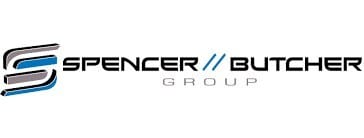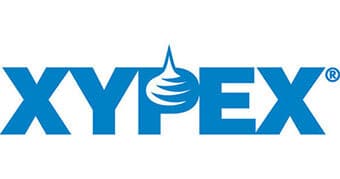Report-Ready in Two Hours: Carrollton’s New Reality with Datarails
Carrollton Development Group is a family-owned real estate company with over 1 million square feet under management. Based in Maryland, they acquire and develop high-quality real estate properties across the US. At the financial helm is CFO Andy Austin,...Read more












